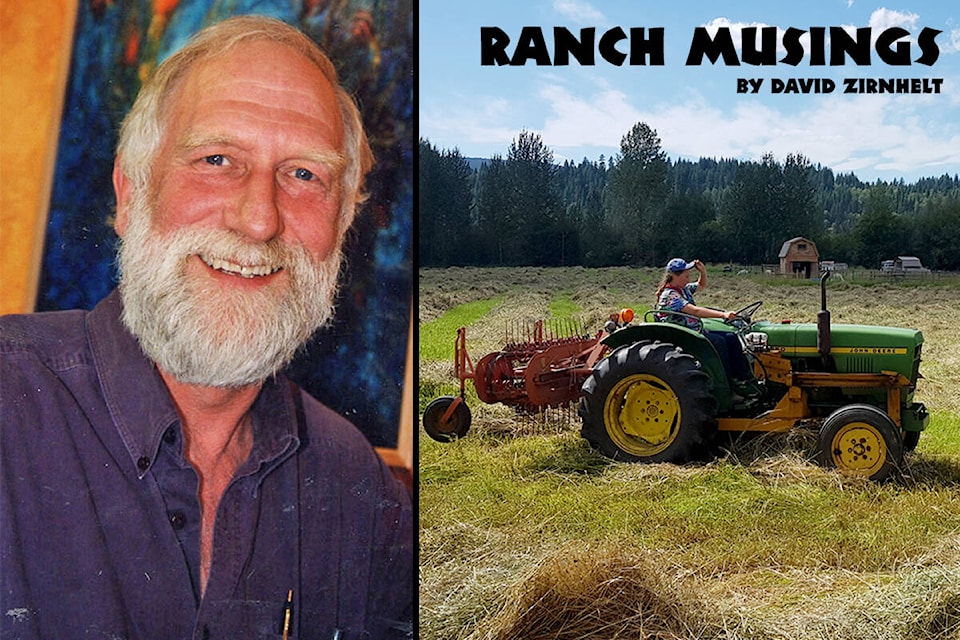The bright side of ranching that I write about this week is based on reports of profitability for an increasing number of ranches in Canada, including B.C.
The sample involved is “self-selected” in that the research is based on participating ranch businesses that volunteered to share their financial information with the Beef Cattle Research Council (BCRC), the research arm of the Canadian Cattlemen Association.
Most ranchers are members of the Canadian Cattlemen or BC Cattlemen and will see write-ups in the magazines published by these organizations.
Until now our industry has relied on major studies in western Canada as a whole, and industry average costs, have been used which are too general to be helpful to specific ranch business types.
This recent set of data is based on small focus groups of ranches with similar business models.
The whole idea of this Cost of Production “benchmarking” is to allow businesses to compare themselves to others. For example, the group I was in (three ranches) all showed on one accounting line similar costs for repairs and maintenance. That told us we were not out of line with others like us.
Many in the public and the industry were negative about attempts by some to get to profitability through improving their business analysis skills through courses like Ranching For Profit.
One needs to know where the lack of profitability is found within the business. This type of strategy has become more commonplace as the mainstream industry organizations are touting “Ranching 4 Profit”- a rebranded version- is quoted as a way to determine Gross Margin which is the contribution an enterprise makes to cover overheads.
The research I am citing breaks down the participants into 25 different types of ranches across Canada.
Findings from 2020 data show that 84 per cent of those ranches cover short term cash costs. 72 per cent cover medium term costs (cash and depreciation) while 32 per cent are covering long term costs (cash, depreciation, and opportunity costs or what you could make if you invested the money other than in the ranch).
This information is what I call “the bright side.”
More work is being done especially on those operations with over 500 head of cattle. They will pay you a few bucks for the time to share your financial data, and they won’t publish your specific information.
David Zirnhelt is a rancher and member of the Cariboo Cattlemen’s Association. He is also chair of the Advisory Committee for the Applied Sustainable Ranching Program at TRU.
newsroom@100milefreepress.net
Like us on Facebook and follow us on Twitter.
